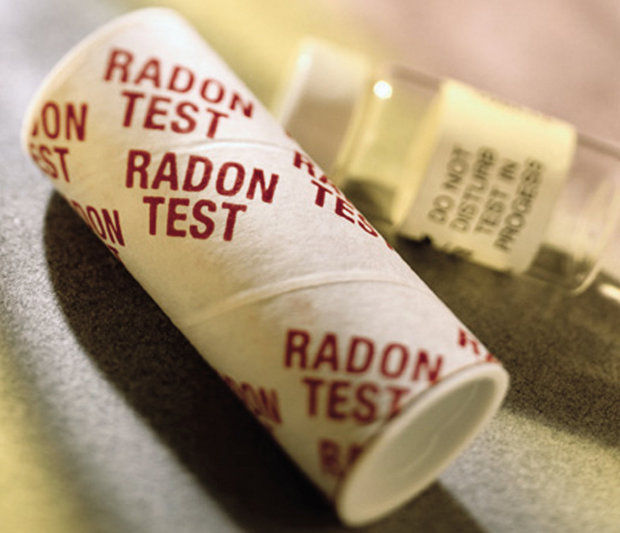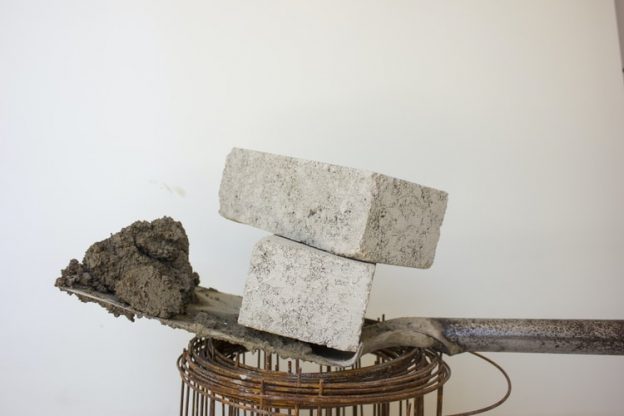Radon may enter any home, whether it has a basement, a crawl space, or is constructed on a slab. Radon levels might be high in the workplace, a school, or any structure. Since you spend the most time at home, radon exposure is most likely here.
What is Radon?
First, let’s start with a short review of what radon is. Radon is a radioactive gas that occurs naturally. It is formed when uranium, thorium, and radium degrade in soil, rock, and water. It is then discharged into the atmosphere. Radon has no odor, no taste, and is entirely invisible.
Radon can build up in locations where ventilation is insufficient, such as an underground mine. It can even accumulate within structures. Exposure to high amounts of radon over an extended period might be hazardous to your health.
Is it reasonable to live in a house with radon?
Buying a new home may be as thrilling as it is stressful. In addition to selecting a home that fits your budget and lifestyle, you must check that it is structurally sound and free of dangers, such as excessive levels of radon gas. The Environmental Protection Agency or EPA says that “Radon is a health hazard with a simple solution.” House buyers do not need to be concerned about the quality of the air in their homes after radon mitigation measures are in place.
Radon Problems: How to Fix Them?
Radon problems can occur any time of the month or year. Even if a professional radon test shows that your home has acceptable radon levels, if the house settles in the future, a minor foundation fracture might allow the gas to leak in without your awareness. Here are some things you need to do:
- Install one or more radon detectors on the lower floors of your house to be safe.
- Install a radon mitigation system to reduce the gas level. Do not remove it because radon gas is safe at levels less than four pCi/L.
- Block or seal any potential entry points, such as fractures in basement floors and walls, as well as gaps around service pipes.
- Build a collecting pipe beneath the basement to transport radon gas away from the house.
- Underneath the slab or flooring, create a gas-permeable layer. This permits radon to enter your home through the foundation, but it only works if you have a basement or slab foundation. It is not suitable for homes with a crawl area.
- Put up plastic sheeting. The sheeting is installed on top of the gas-permeable layer beneath the slab to prevent radon from entering your house. If you have a crawl space, the sheeting goes over the floor of the crawl space.
Do Air Purifiers Reduce Radon?
Whether or not one has allergies, it is vital to understand that what is contained in indoor air affects one’s health – even if you can’t smell, see, or taste it. This is the situation with radon, and its consequences can be fatal. The purpose of air purifiers is to purify the air in your house, providing you and your family with cleaner air to breathe. Air purifiers can also assist in removing harmful substances and gases from your home’s air, such as radon.
Radon may be found everywhere and even if it’s at a low level, you’re probably breathing it in every day. However, you can’t know if you’re living it in deeply. Radon problems may arise as time passes. It is preferable if you take the initial step toward safeguarding your house from this dangerous gas. If not, you might regret it later.









